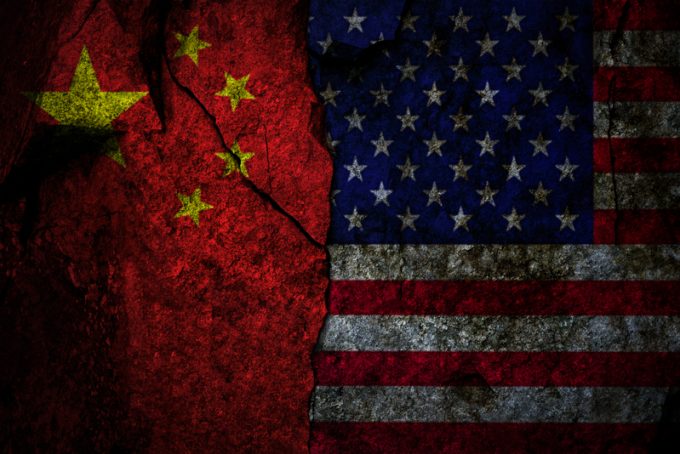Volumes set to 'fall off a cliff' as US firms hit the brakes on sourcing and bookings
Cargo owners should brace for a “cliff event” similar to the turmoil in the early ...

Attempts by businesses to reduce their dependence on Chinese imports are becoming more difficult as the US-China tariff war intensifies.
In May, US president Joe Biden announced a 100% border tax on Chinese-made electric vehicles, to protect domestic manufacturers, while other products such as lithium batteries, solar panels and semiconductors were also subjected to tariff hikes.
Sara Hsu, associate professor of supply chain management at the University of Tennessee, said that, while “the latest tariffs are ...
'Disastrous' DSV-Schenker merger would 'disrupt European haulage market'
New senior management for DSV as it readies for DB Schenker takeover
Volumes set to 'fall off a cliff' as US firms hit the brakes on sourcing and bookings
Asian exporters scramble for ships and boxes to beat 90-day tariff pause
Amazon pushes into LTL for small package fulfilment and UPS does a u-turn
Temporary tariff relief brings on early transpacific peak season
Pre-tariff rush of goods from US to China sees air rates soar, but not for long
Forwarders 'allowing the fox into the chicken run' by supporting 'hungry' carriers

Comment on this article